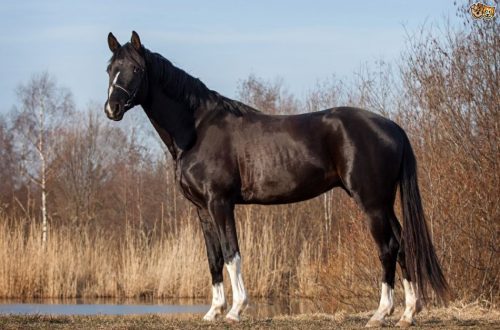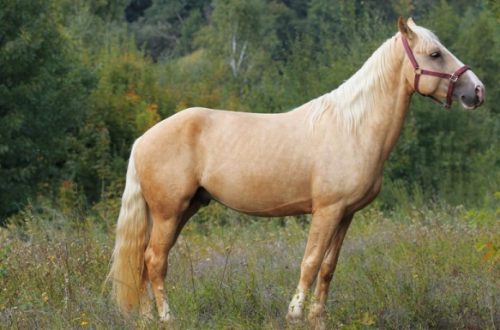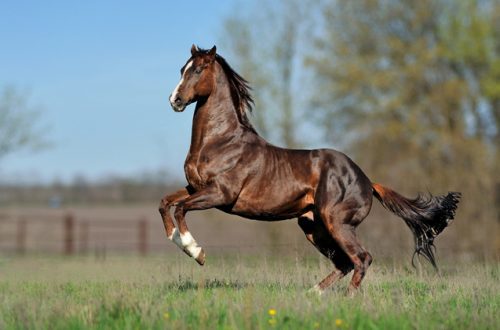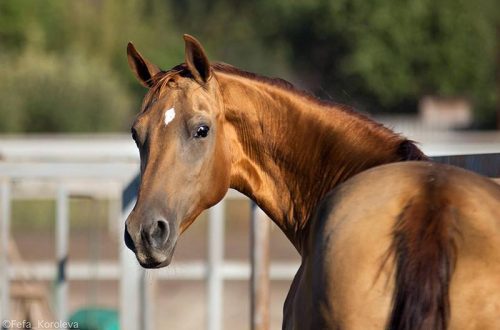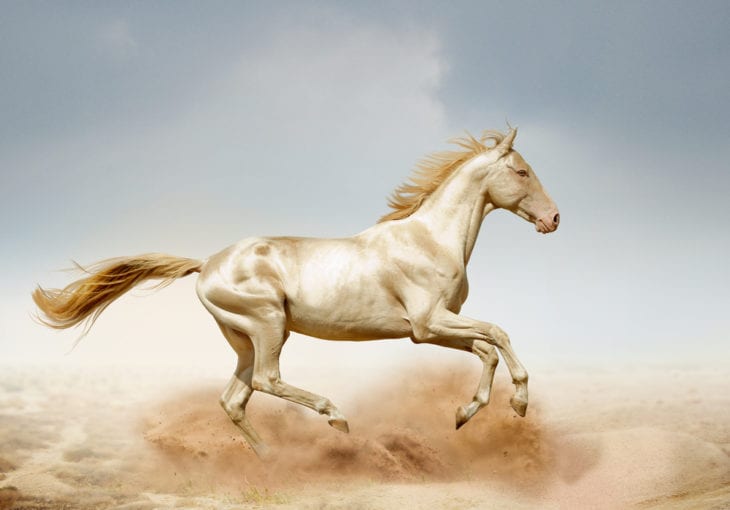
Horse Breeds
There are more than 1,000 horse breeds in the world. Each of them has its own history of origin, features of the exterior and purpose. The best representatives of the breeds not only did their job, but also won Olympic medals.
What types of horse breeds are divided into for their intended purpose? There are four main types among the horse breeds. These are horse, lightly sled, heavy-harnessed and pack breeds. Some varieties can combine several types, such as horse and pack.
Shire (English heavy truck) – a breed of heavy horses, belongs to the heavy draft type. It was bred in England in the middle of the 18th century, and the first studbook was published in 1878. Horses of this breed were transported to the USA, Australia and Canada.
Shire
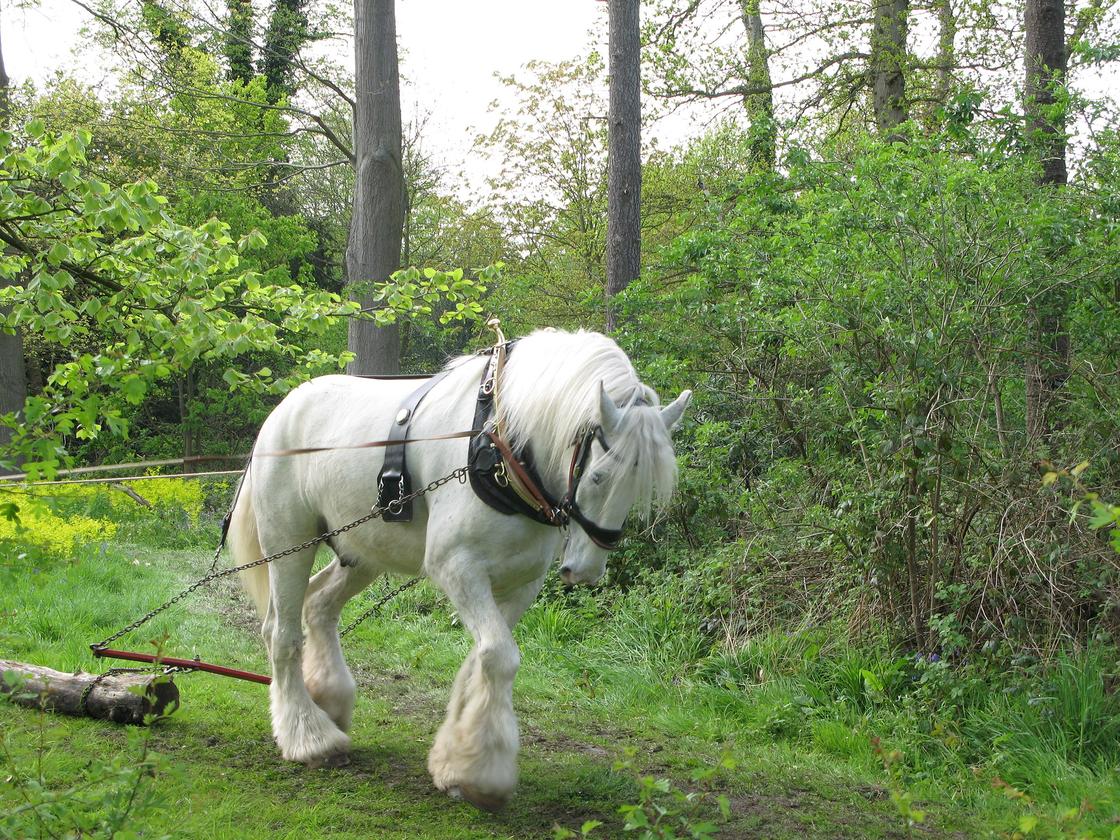
What is the peculiarity of the Shire horse breed? These are very strong and hardy animals that are able to pull a large load. according to the standard of the
, the height of an adult Shire stallion is between 173 and 178 cm. The horse has a thick mane and brushes on its legs. Needs bathing 2-3 times a week. Has a calm personality.
They were used in England for transporting large loads, towing barges along canals and in agricultural work.
Trakehner
The Trakehner horse is a German riding and draft sport horse breed. This is the only breed among the half-breeds that is bred in purity without extraneous blood. The breed began to be bred in the 18th century in East Prussia in the village of Trakenen. It was bred for the Prussian cavalry units.
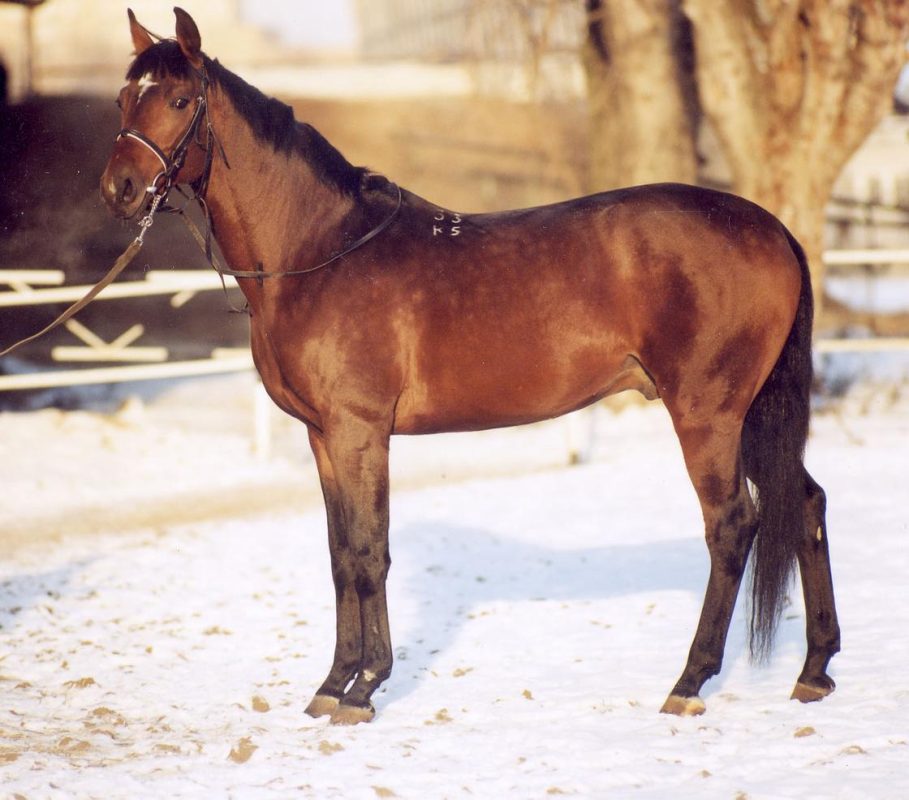
What are the differences between the Trakehner horse breed? A former warhorse suitable for sporting purposes. The height of the stallion at the withers reaches 162-165 cm, the body has an elegant dryness and regular lines. The horse is bred in Germany, Europe, the USA and New Zealand. She can be recognized by the brand in the form of a double elk horn on her left thigh. Needs regular grooming and brushing.
Currently, trakenens are exclusively sports horses. Due to their calm nature, they are suitable for both show jumping and dressage. The stallions Pepel and Abdullah became Olympic champions.
Budennovskaya
The Budennovskaya horse is a riding breed of horses. It was bred in 1948 at the stud farms. Budyonny and them. First Cavalry Army under the leadership of the Soviet commander and horse breeder Mikhail Chumakov.
What is the peculiarity of the Budyonnovsky horse? The horse has a dryish head, a wide chest and well-developed muscles. Its height reaches 165 cm, body length – 163–165 cm. Animals are fast and hardy. “
” are able to overcome 7 km in 8.5 minutes, and it takes a little less than 70 hours to cover 600 km.
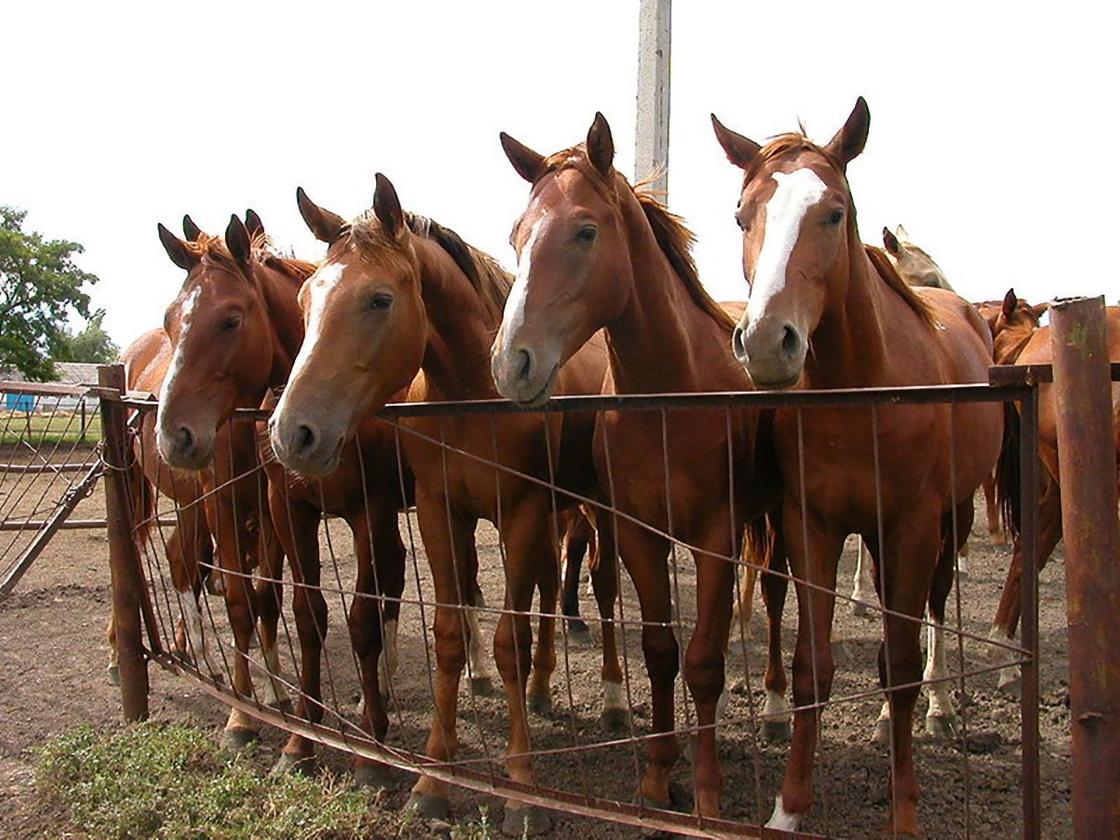
A feature of the breed is the herd method of growing. First, all wayward mares are removed from the herds. Later, separate herds are created from the young, and the most valuable specimens are sent to cult groups, where they are taught to race or used for breeding work.
Yakut
The Yakut horse is a native horse. distributed in Yakutia. The breed was bred by folk selection, and not by one or a group of breeders. The Yakuts selected only the most cold-resistant horses for crossing.
What is the peculiarity of the breed of the Yakut horse? The breed is very frost-resistant with an undercoat of up to 15 cm. The Yakut horse lives outdoors all year round and is able to withstand frost down to -60 °C. In winter, it feeds on tebenevka (grazing on a snow-covered pasture), raking the snow with its hooves. Horses live in herds.
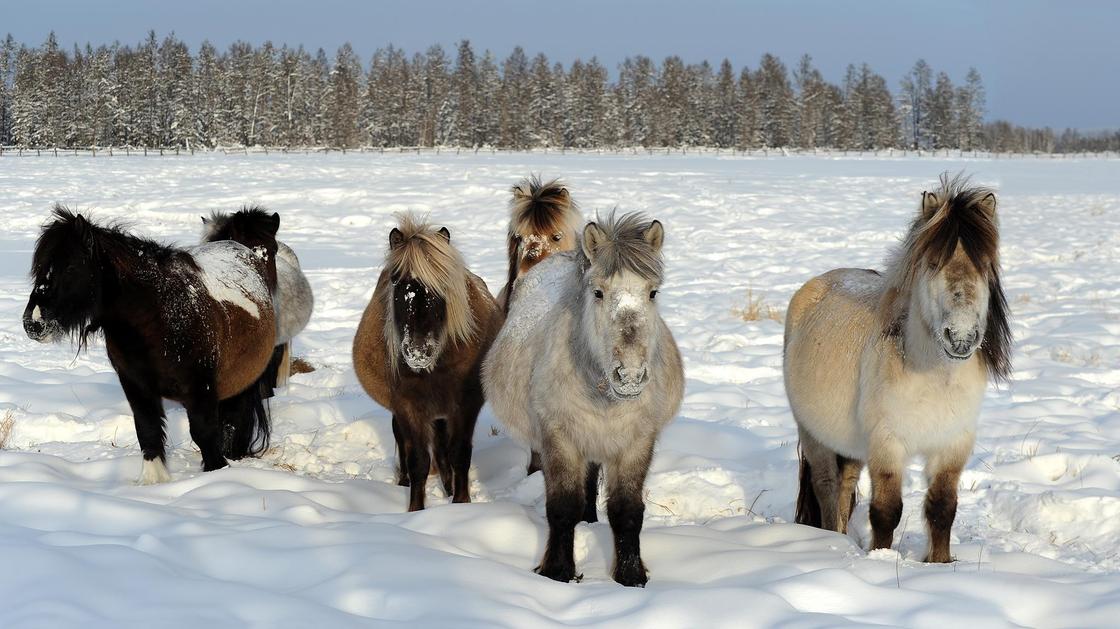
The height at the withers reaches 143 cm, weight – up to 500 kg. It has a stocky build, short legs and a large head. They are used for riding, koumiss is prepared from the milk of mares.
Donskaya
The Don (Cossack steppe) horse is a Russian breed of riding and draft horses. It was bred in 1770 by ataman. The breed is based on steppe horses, as well as oriental breeds, which the Cossacks captured during Turkish campaigns.
What is the peculiarity of the Don horse breed? This is a combination of height (up to 165 cm) and elegance in appearance. Her suit is often golden. It retains the best features of a cavalry horse kept in herds.
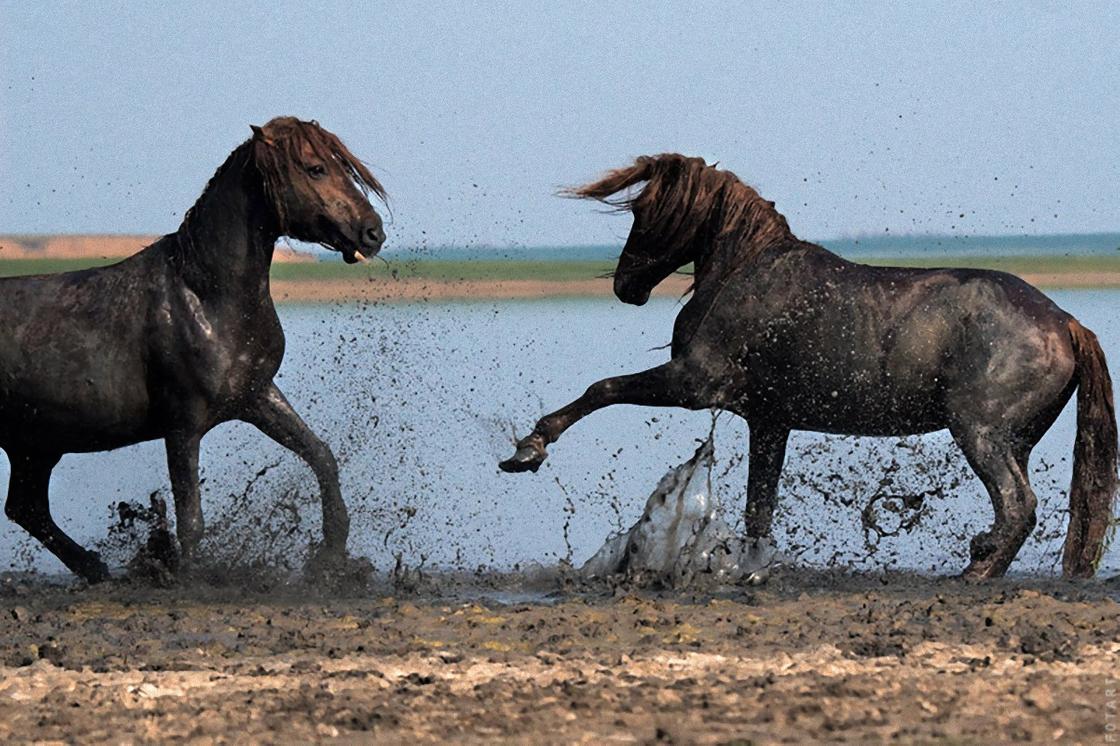
Today it is used in sports, rental, driving, tourism, in subsidiary farms. Distributed in Kyrgyzstan, Kazakhstan, Russia.
Mongolian
The Mongolian horse (aduu) is a rather old breed of horses, their appearance has not changed much since the time of Genghis Khan. According to, this breed’s horse has a special meaning in Mongolian culture.
What is the peculiarity of the Mongolian horse breed? The animal is unpretentious in maintenance and lives on the street all year round. The horse calmly tolerates temperatures from +30 ° C to -40 ° C. Their height reaches 125-135 cm. Chunky, with a large head and short legs.
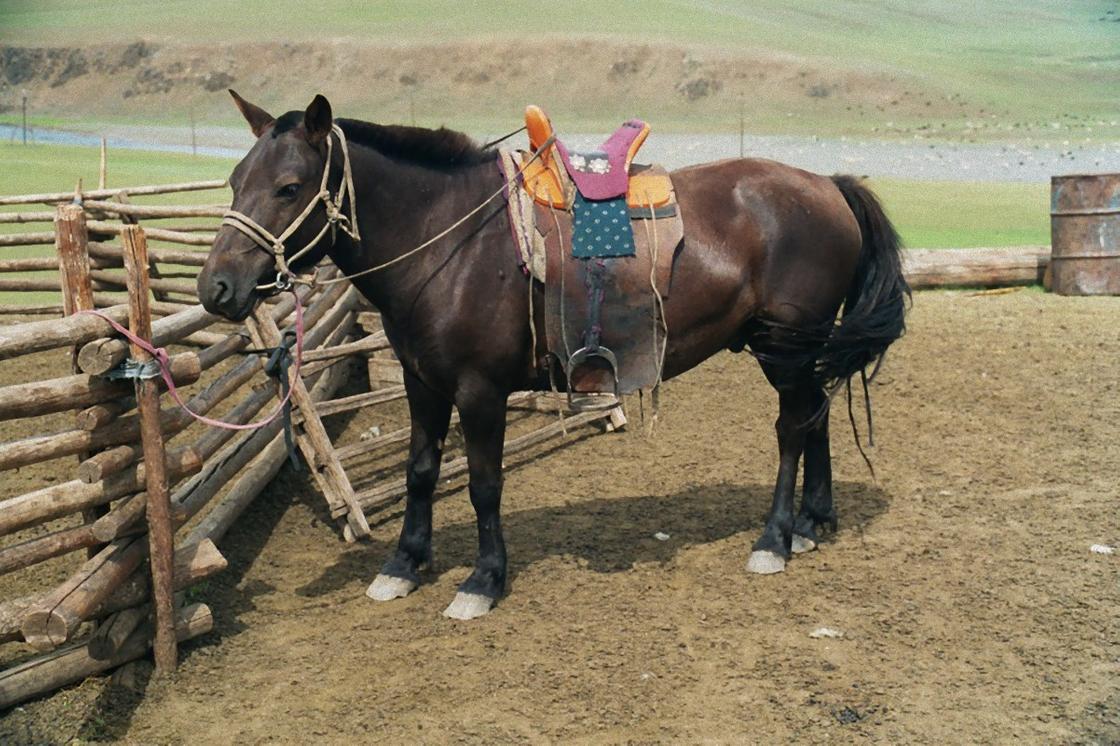
The Mongolian horse is used as a riding horse. Horses of this breed are known as the basis of Genghis Khan’s army. In modern Mongolia, they are used for horse racing, and the national drink, airag, is made from mare’s milk.
Thoroughbred
horse was bred in England at the turn of the 17th-18th centuries. It originally had the name English racing, but was renamed due to the fact that it began to be bred all over the world. Despite the name, it is a half-breed and was bred by crossing with purebred breeds.
What is the peculiarity of a thoroughbred riding breed? These horses are unsurpassed sprinters and are used in racing. Gallop at a speed of 60 km / h is the norm for the breed. The world speed record for a horse named Winning Bru is listed in of records. He accelerated to 70.76 km / h.
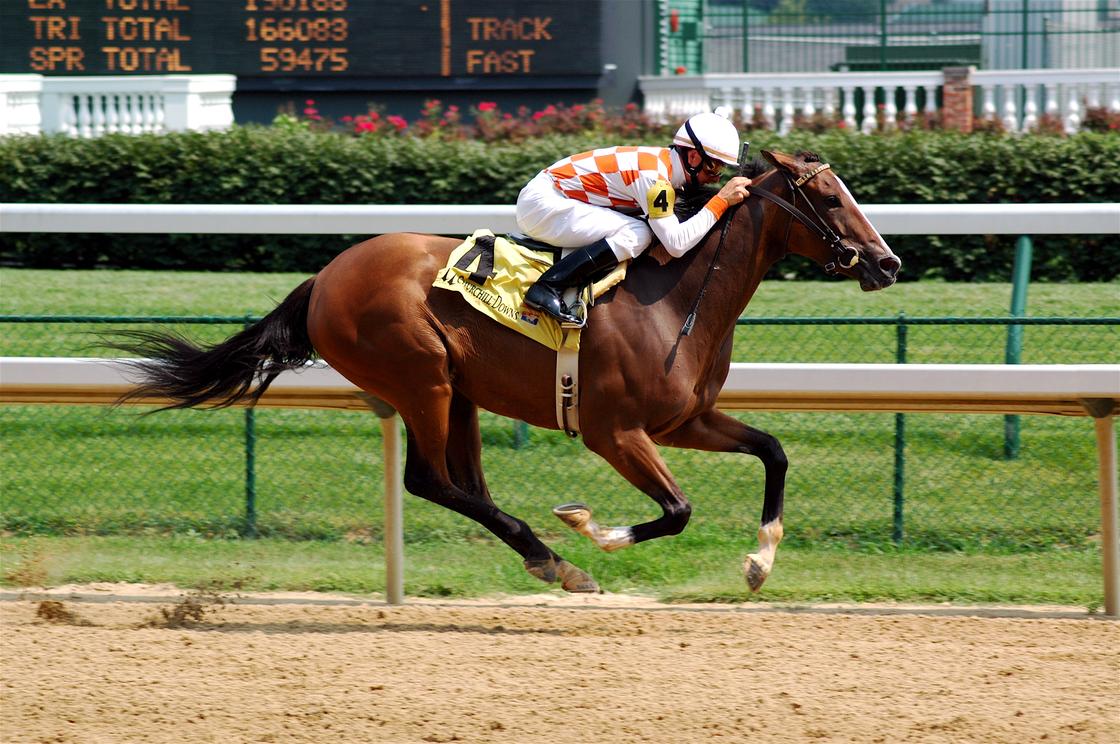
The height of the animal at the withers reaches 155-170 cm. The legs are dry, clean, with pronounced tendons and prominent muscles. The animals have a very explosive character, and they are overly energetic. They need daily races to expend excess energy. Horses require careful and expensive care and upkeep.
Friesian
The Friesian horse is a Dutch breed, the “black gold of Holland”. Bred in Friesland, first mentioned in the 13th century, now bred in Europe and America. Horses have a height of 150 to 162 cm, has an elegant appearance. A memorable feature is the long thick brushes on the legs, the so-called friezes. Suitable for keeping in stables, somewhat picky in feed.
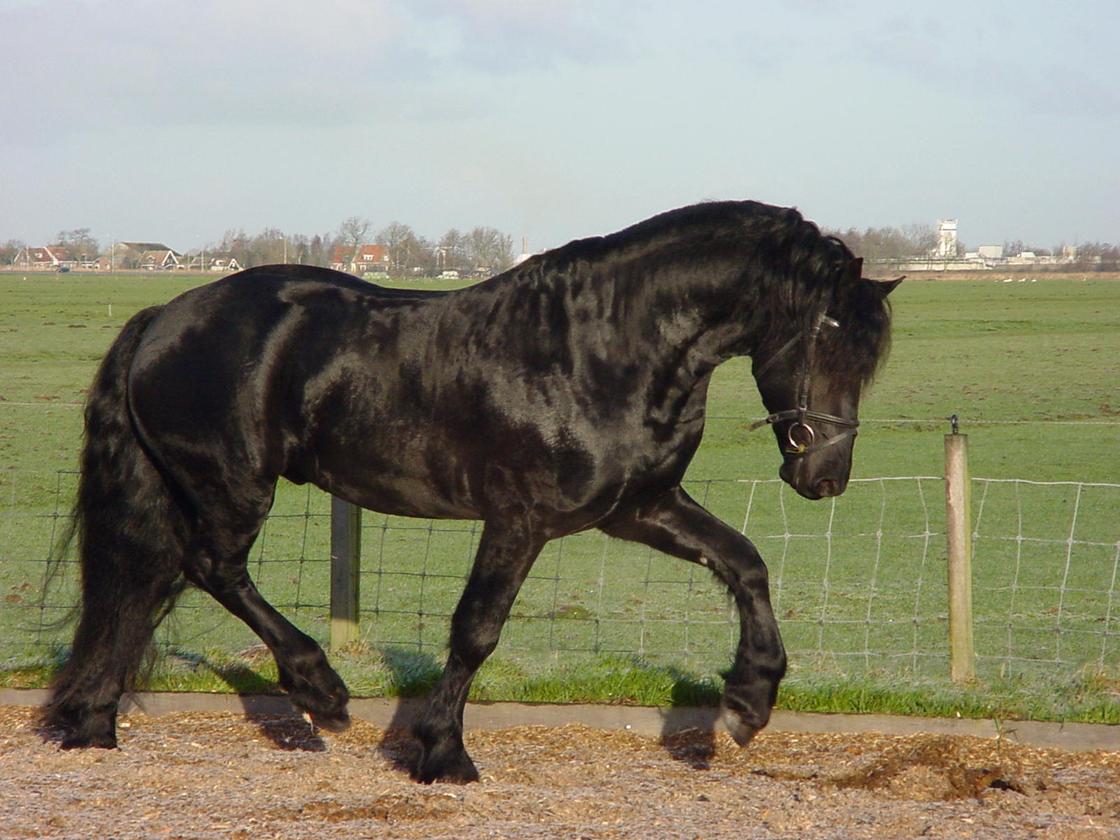
What is special about the Friesian horse? To date, the friezes are decorative horses. They are energetic, but balanced and calm. Often they are used for festive or ceremonial carriages, photo shoots, filmed in cinema.
Bashkir
The Bashkir horse is a native horse of the Southern Urals. Known since the 17th-18th centuries. The most common in Bashkortostan. The Bashkir breed arose naturally. These are undersized animals (up to 145 cm at the withers). Main suits: savrasaya, mouse and buckskin.
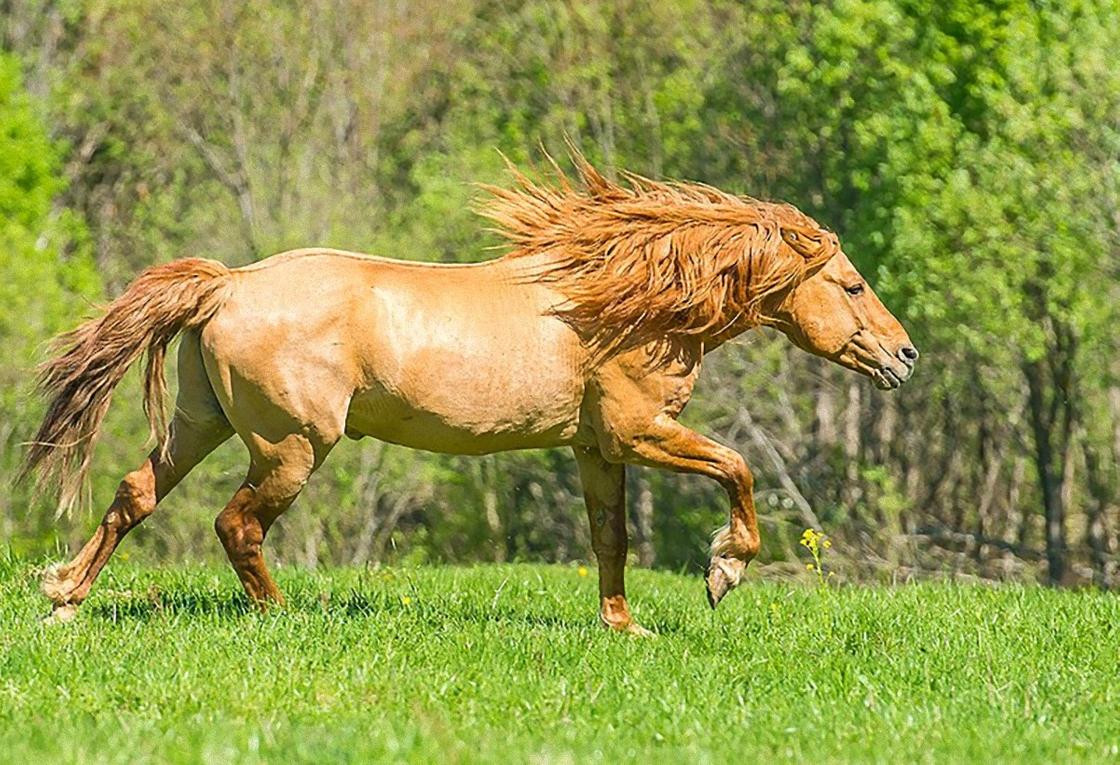
What is the difference between the Bashkir horse? Initially used in cavalry units. Today, the breed has become more like an agricultural than riding. Barshkirs use animals for work on farms, in the production of meat and milk.
The breed can live in the open air at temperatures from +30 °C to -40 °C and endure severe snowstorms. The thick and long coat of these hardy horses does not need constant brushing. The horse is hardy, endowed with a phlegmatic character. The Bashkir troikas were well known, which could cover up to 140 km in 8 hours without rest.
Kabardian
The Kabardian, or mountain horse, is one of the oldest aboriginal horse-drawn oriental breeds that were cultivated by the Circassians (Circassians). She was called Circassian, so as not to be confused with the Ukrainian breed of the same name. Distributed in Bashkiria, Tatarstan and the Chelyabinsk region.
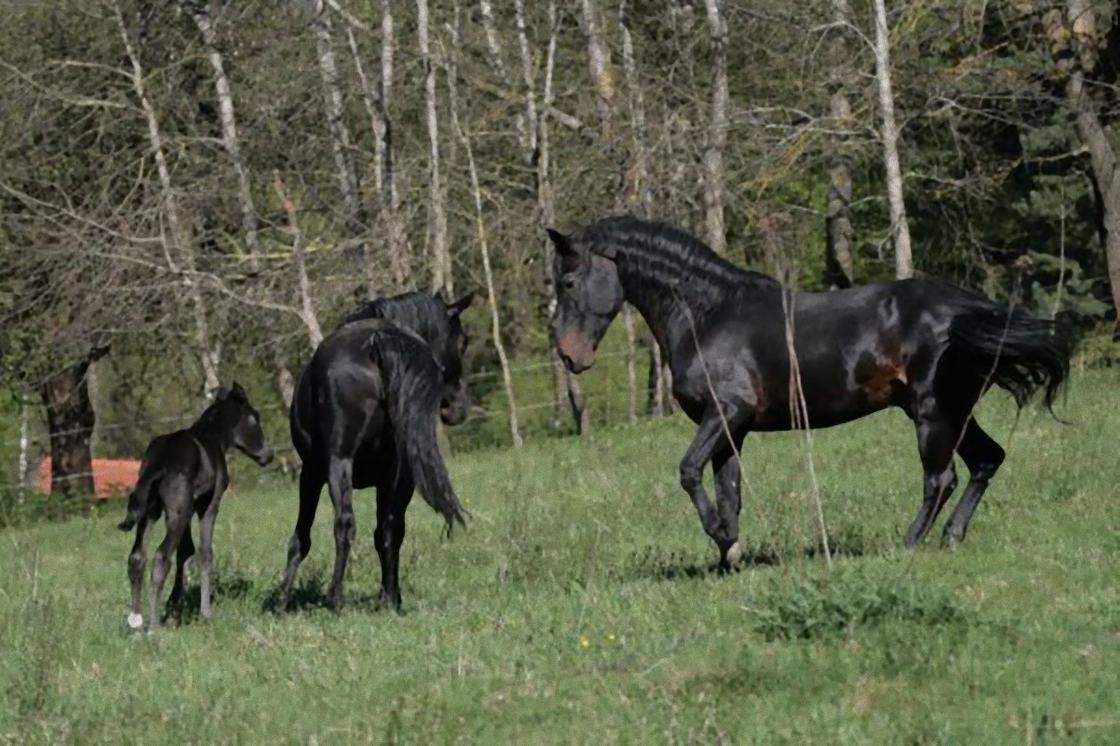
What is the peculiarity of the Kabardian horse breed? She maintains her balance well, thanks to which she confidently moves in the mountains along narrow paths, overcomes steep descents and ascents. Even with 150 kg of cargo, a Kabardian is able to cover up to 100 km in high mountains in one day. Noticeably different from other breeds with muscular legs and a special shape of hooves – a “cup”.
The Kabardian horse grows at the withers up to 152-157 cm. Today, horses are used by border guards, tourists for mountain horseback riding, riding. Suitable for herd keeping.
Icelandic
The Icelandic horse is a short horse, whose height at the withers reaches 132 cm. It has different colors, from red to bay. Icelanders have about 100 shades of animal color. The breed was brought by the Vikings to Iceland in the 9th-10th centuries, as it easily fit in their ships.
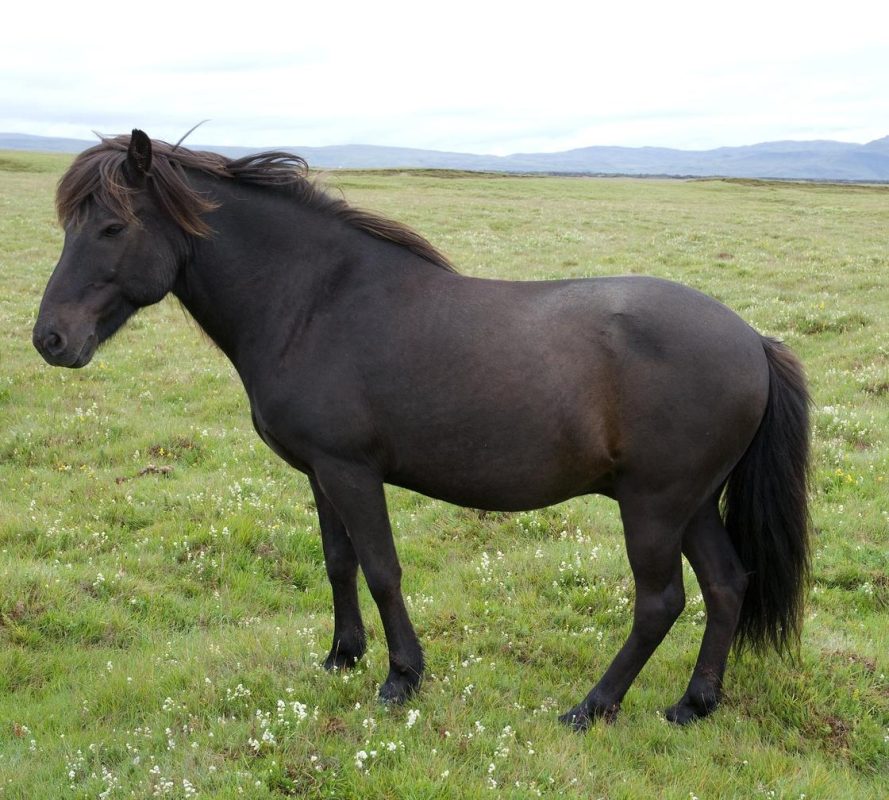
What are the characteristics of the Icelandic horse? These are very smart horses. They have excellent body balance, thanks to which they easily overcome any obstacles. During their history, animals have never met with predators, therefore they easily trust a person, have a calm and friendly character. Suitable for herd content.
Adaevskaya
The Adai (Adaevskaya) horse is an aboriginal riding Kazakh breed, which is good under the saddle and in the harness.
is considered the birthplace of the horse . The main breeding area lies between the Caspian and Aral Seas. The name of the breed was given by the genus Adai, living on the territory of Mangystau.
What is the difference between the Adai horse? The horse is small – the height at the withers reaches 136-140 cm, has a dry physique and well-developed muscles. Unpretentious in content, adapted for life in the herd. It can go without water for several days. Very hardy, capable of continuously galloping up to 360 km.
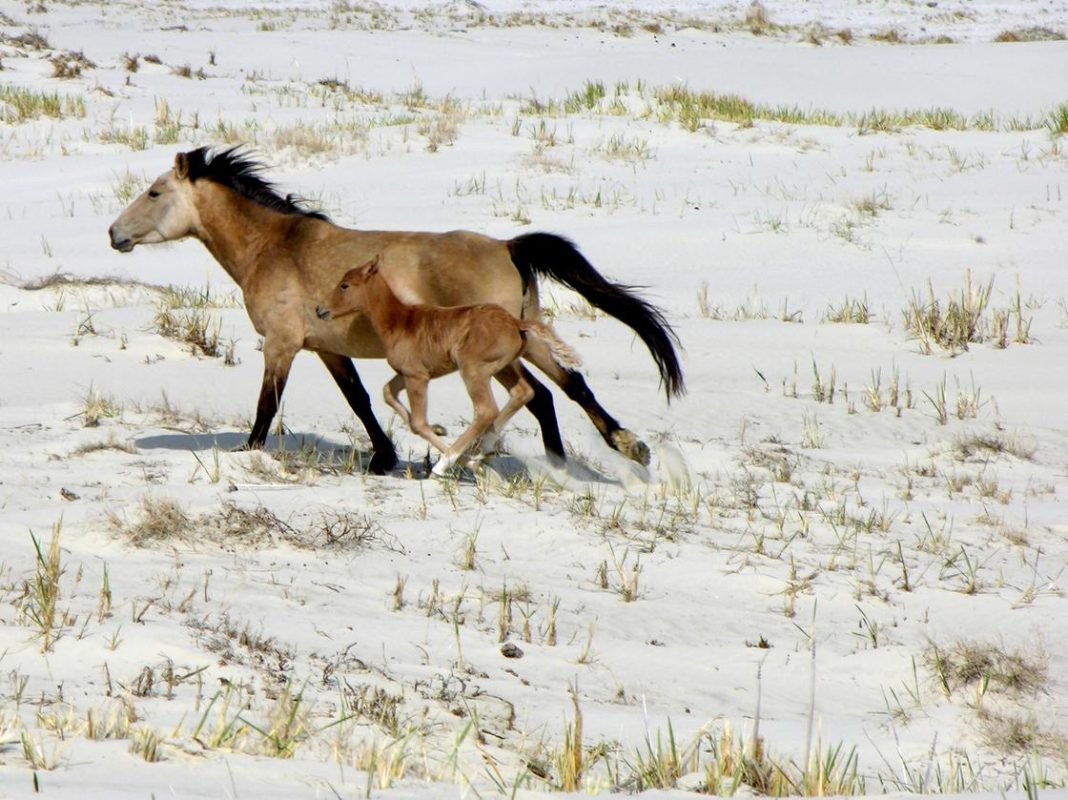
Currently, horses with a calm and good disposition are used in equestrian sports. They easily become attached to people, so they are great for teaching children how to ride.
Horses have served people for thousands of years. They were used in wars, carried kings in carriages, and were agricultural helpers. Today, majestic animals can be admired in sports, ride in a carriage or on horseback.

